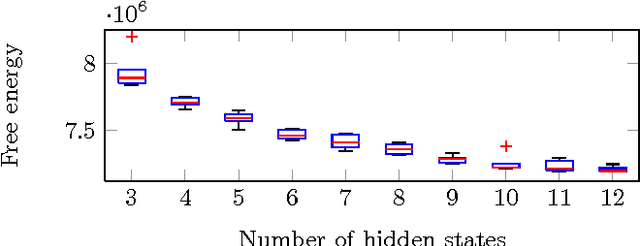Andrew Quinn
KEN: Kernel Extensions using Natural Language
Dec 09, 2023Abstract:The ability to modify and extend an operating system is an important feature for improving a system's security, reliability, and performance. The extended Berkeley Packet Filters (eBPF) ecosystem has emerged as the standard mechanism for extending the Linux kernel and has recently been ported to Windows. eBPF programs inject new logic into the kernel that the system will execute before or after existing logic. While the eBPF ecosystem provides a flexible mechanism for kernel extension, it is difficult for developers to write eBPF programs today. An eBPF developer must have deep knowledge of the internals of the operating system to determine where to place logic and cope with programming limitations on the control flow and data accesses of their eBPF program enforced by the eBPF verifier. This paper presents KEN, an alternative framework that alleviates the difficulty of writing an eBPF program by allowing Kernel Extensions to be written in Natural language. KEN uses recent advances in large language models (LLMs) to synthesize an eBPF program given a user's English language prompt. To ensure that LLM's output is semantically equivalent to the user's prompt, KEN employs a combination of LLM-empowered program comprehension, symbolic execution, and a series of feedback loops. KEN's key novelty is the combination of these techniques. In particular, the system uses symbolic execution in a novel structure that allows it to combine the results of program synthesis and program comprehension and build on the recent success that LLMs have shown for each of these tasks individually. To evaluate KEN, we developed a new corpus of natural language prompts for eBPF programs. We show that KEN produces correct eBPF programs on 80% which is an improvement of a factor of 2.67 compared to an LLM-empowered program synthesis baseline.
Resting state brain networks from EEG: Hidden Markov states vs. classical microstates
Jun 07, 2016



Abstract:Functional brain networks exhibit dynamics on the sub-second temporal scale and are often assumed to embody the physiological substrate of cognitive processes. Here we analyse the temporal and spatial dynamics of these states, as measured by EEG, with a hidden Markov model and compare this approach to classical EEG microstate analysis. We find dominating state lifetimes of 100--150\,ms for both approaches. The state topographies show obvious similarities. However, they also feature distinct spatial and especially temporal properties. These differences may carry physiological meaningful information originating from patterns in the data that the HMM is able to integrate while the microstate analysis is not. This hypothesis is supported by a consistently high pairwise correlation of the temporal evolution of EEG microstates which is not observed for the HMM states and which seems unlikely to be a good description of the underlying physiology. However, further investigation is required to determine the robustness and the functional and clinical relevance of EEG HMM states in comparison to EEG microstates.
 Add to Chrome
Add to Chrome Add to Firefox
Add to Firefox Add to Edge
Add to Edge